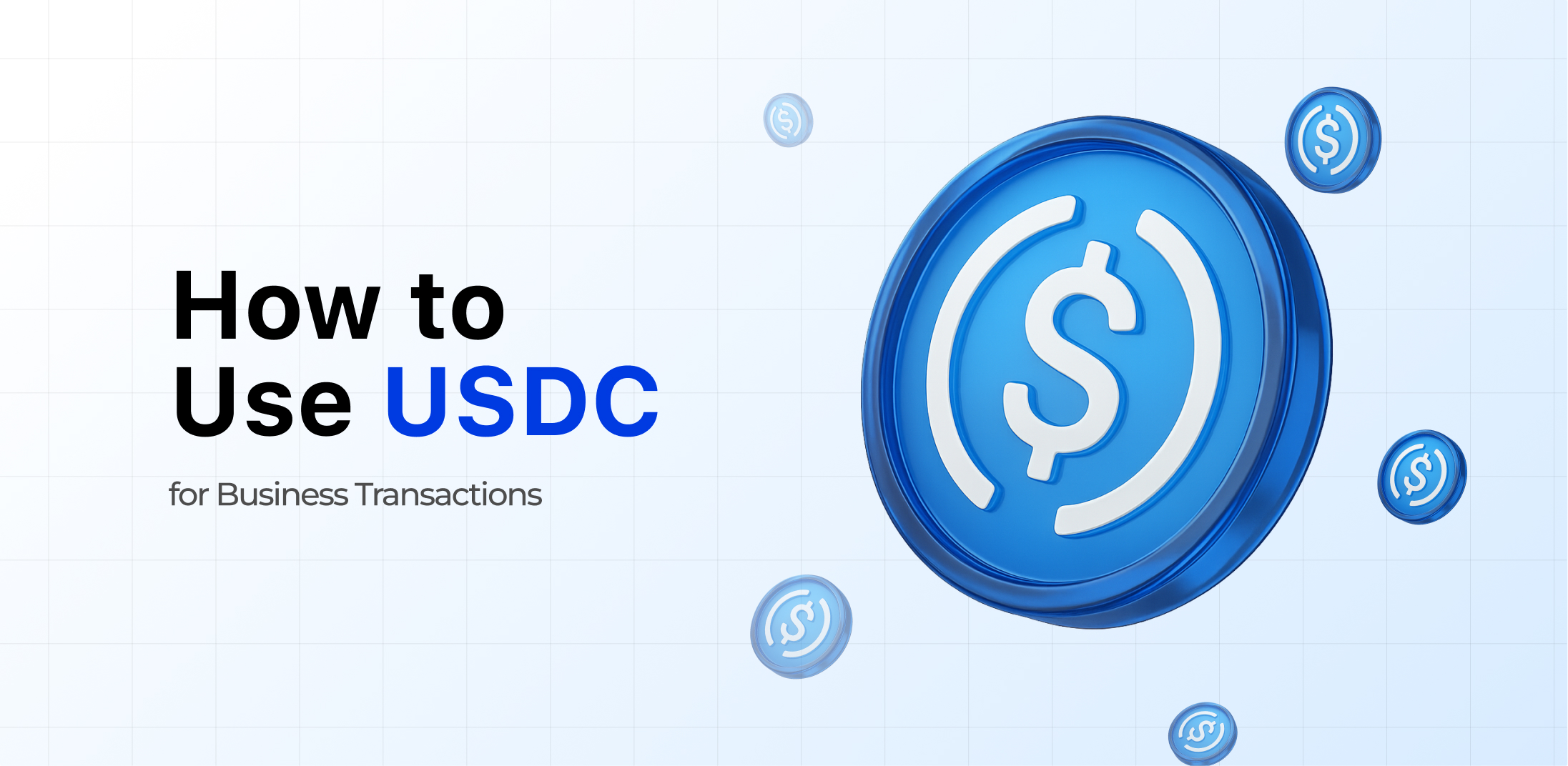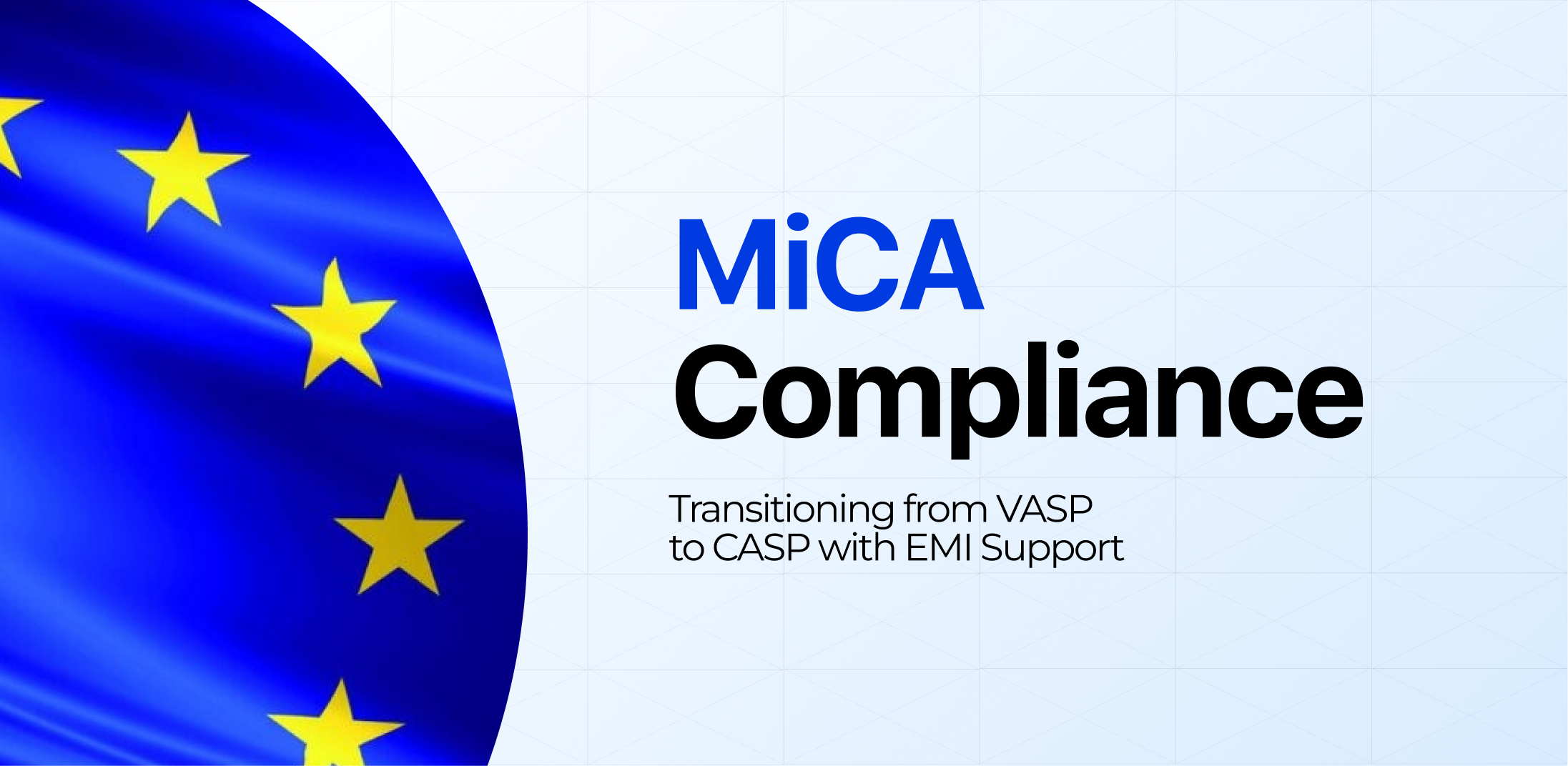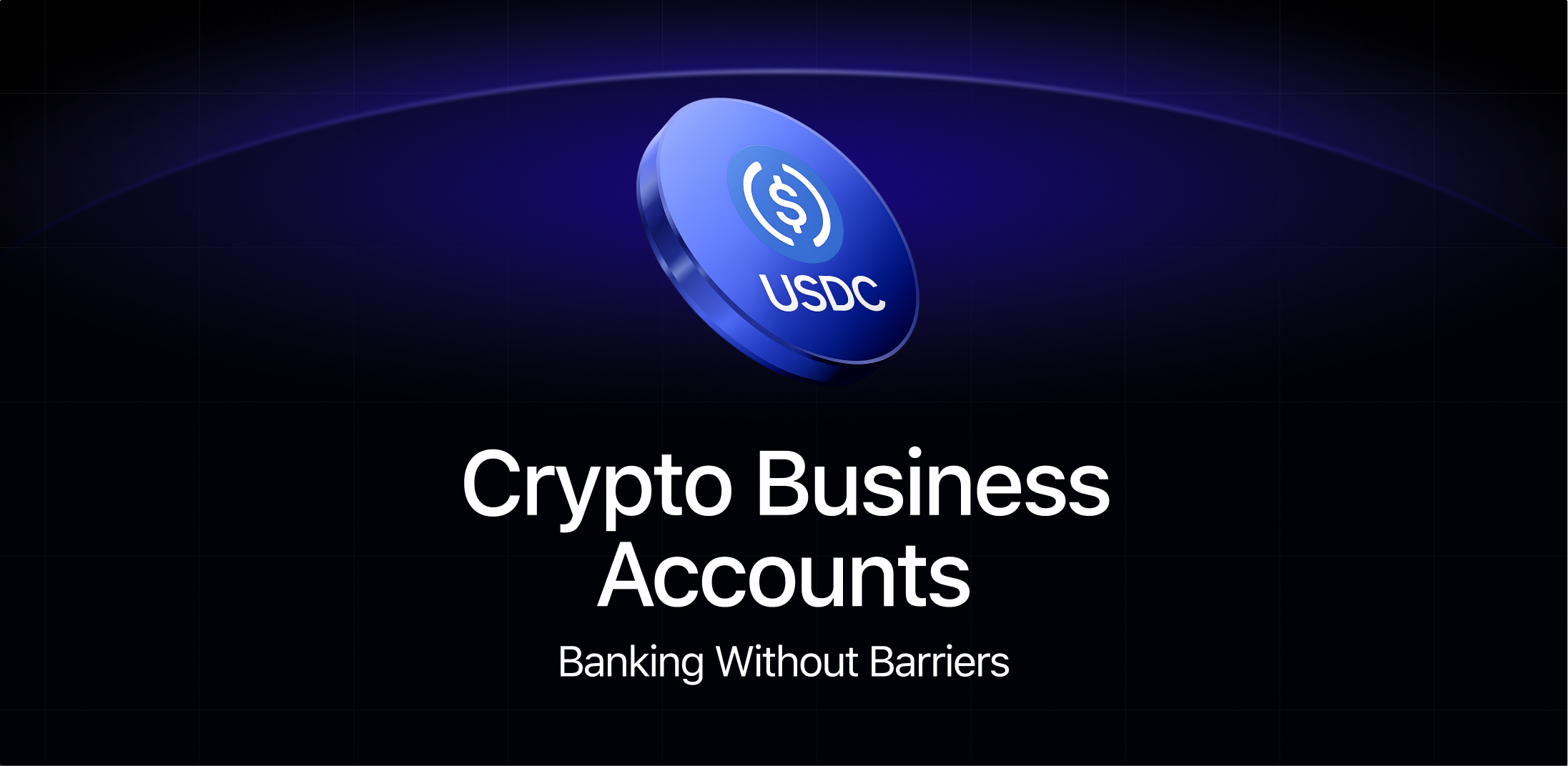Stablecoins have become a pivotal innovation in the financial sector, connecting the world of traditional fiat currencies with the dynamic realm of digital assets. Among the most trusted stablecoins is USDC (USD Coin), which is closely tied to the US dollar, offering much-needed stability within the often unpredictable cryptocurrency space.
USDC has proven especially valuable for businesses aiming to simplify and optimize their global financial transactions. By utilizing USDC, companies can take advantage of blockchain technology’s speed and low transaction costs, all while preserving the price consistency of traditional currencies.
This makes it an excellent option for international payments, eliminating many of the challenges and high fees typically associated with cross-border transactions. As more businesses seek reliable stablecoin payment solutions, platforms like PaySaxas are helping companies seamlessly integrate USDC transactions, ensuring smoother and more cost-effective global payment experiences.
What is USDC?
USDC (USD Coin) was launched in 2018 by the Centre Consortium, a collaboration between Circle and Coinbase. It is pegged to the US dollar and is distinguished by its commitment to full reserve backing. Each USDC token is backed by an equivalent amount of US dollars or assets held in regulated financial institutions, offering greater transparency and security. Additionally, USDC is subject to strict regulatory oversight, making it a compliant and trustworthy option for businesses looking for stablecoin solutions.
USDC’s full reserve backing and focus on compliance have made it a preferred choice for businesses seeking a stablecoin with a high level of regulatory assurance. Its transparency and regulatory adherence ensure that businesses can incorporate cryptocurrency into their global payment and transaction systems with confidence.
Benefits of Using USDC for Business Transactions

Price Stability
One of the key benefits of using USDC for business transactions is its price stability. Since USDC is pegged to the US dollar on a 1:1 ratio, it provides a cushion against the price volatility commonly seen with cryptocurrencies like Bitcoin or Ethereum. This stability makes USDC a preferred option for businesses seeking a reliable medium of exchange, ensuring that transaction values remain steady even amidst market changes.
Global Payments
USDC empowers businesses to facilitate fast and cost-effective international payments. Traditional banking systems can be slow and costly, especially for cross-border transfers, often involving high fees and lengthy processing times. However, stablecoin transactions operate on blockchain technology, allowing for near-instant transactions at a fraction of the cost. This is especially advantageous in regions with limited or expensive banking infrastructure. By leveraging USDC, businesses can make seamless, low-cost global payments, streamlining their operations across borders.
Security and Transparency
USDC operates on blockchain networks, offering businesses an additional layer of security and transparency. Every transaction is recorded on an immutable ledger, ensuring that all financial activities are traceable and verifiable. This transparency helps protect against fraud and enhances trust, providing businesses with a clear and accurate view of their transactions. Furthermore, blockchain’s decentralized structure adds a layer of protection against tampering or interference, making it a reliable solution for secure business transactions.
Practical Use Cases for USDC in Business
Cross-border Transactions
For companies operating internationally, traditional banking methods often come with high fees and unpredictable exchange rates. USDC offers an efficient alternative by enabling swift cross-border payments without intermediaries. Its peg to the US dollar ensures stable transaction values, allowing businesses to avoid currency fluctuations. This makes stablecoins particularly beneficial for enterprises that conduct frequent global transactions, cutting costs and improving financial efficiency.
Payroll and Contractor Payments
Settling payments for international employees, freelancers, or remote contractors can be costly and time-consuming. By leveraging USDC, businesses can process payments instantly and at lower costs, ensuring workers receive their earnings without delays or excessive conversion fees. This is especially advantageous for professionals in regions with limited access to traditional banking, providing a seamless and secure way to access funds.
Vendor and Supplier Settlements
Businesses that rely on international suppliers often encounter challenges such as lengthy transaction processing times, high foreign exchange fees, and currency volatility. Traditional payment methods, including wire transfers and bank transactions, can take several days to clear, delaying supply chains and increasing operational costs.
By using stablecoins like USDC, companies can streamline vendor and supplier payments with near-instant settlement times, reducing dependency on intermediaries and lowering transaction fees. This enables businesses to manage cash flow more effectively while providing suppliers with faster access to funds. Additionally, stablecoins offer a more predictable and transparent payment option, ensuring that suppliers receive the exact agreed-upon amount without unexpected currency fluctuations.
This is particularly beneficial in regions where the local currency is prone to devaluation or inflation. Suppliers in emerging markets can receive payments in a stable digital asset pegged to the US dollar, mitigating risks associated with currency instability. As a result, businesses can build stronger, more reliable relationships with their suppliers, improving trust and fostering long-term partnerships in global trade.
E-commerce and Crypto Digital Payments
Online businesses can improve customer experience by integrating USDC as a payment option. Stablecoin payments help eliminate chargebacks, lower transaction fees, and facilitate secure global purchases without the risk of exchange rate fluctuations. As more crypto-friendly payment solutions emerge, businesses that accept stablecoins can gain a competitive advantage in the digital marketplace.
How to Accept USDC as a Business

Setting Up a Wallet
Businesses looking to accept USDC must first set up a secure cryptocurrency wallet. Options include hardware wallets (such as Ledger and Trezor) for enhanced security, custodial wallets (offered by platforms like Binance and Coinbase) for convenience, and non-custodial wallets (like MetaMask and Trust Wallet) for complete fund control. The right choice depends on security needs, transaction volume, and operational preferences.
Choosing a Payment Gateway
To facilitate seamless stablecoin transactions, businesses can integrate a crypto payment gateway. Services like BitPay, CoinGate, and NOWPayments enable USDC acceptance while offering automatic conversion to fiat if necessary. These platforms simplify transactions by providing easy-to-use checkout solutions and integration with accounting tools, ensuring smooth payment processing.
Integrating with E-commerce Platforms
For e-commerce businesses, accepting USDC is simplified through plugins and APIs. Platforms like Shopify, WooCommerce, and Magento offer integrations with crypto payment processors, allowing businesses to expand their payment options. Custom-built stores can implement APIs from providers like Coinbase Commerce and BitPay, ensuring efficient and secure transactions.
Regulatory Considerations
Compliance with local financial regulations is essential when accepting stablecoins in business. Companies must follow AML (Anti-Money Laundering) and KYC (Know Your Customer) rules, which differ by region. While some payment processors handle compliance aspects, businesses should stay updated on tax obligations and legal requirements to avoid risks. Prioritizing regulatory compliance enhances credibility and fosters customer trust.
Risks & Challenges of Using USDC in Business Transactions
Market Risk
Despite being pegged to the US dollar, USDC is not entirely free from price fluctuations. Factors like liquidity constraints, unexpected regulatory shifts, or instability in the issuing entity could lead to temporary depegging. Although these risks are lower than those of traditional cryptocurrencies, businesses should stay vigilant, monitor market trends, and diversify their financial holdings to safeguard against potential instability.
Regulatory Uncertainty
The legal framework surrounding stablecoins continues to evolve, with governments and regulatory bodies worldwide introducing new guidelines and restrictions. Changes in compliance requirements, reserve backing rules, or outright bans in certain regions could impact their adoption and usability. Businesses accepting USDC must stay informed about regulatory updates in their operational jurisdictions to maintain compliance and prevent transaction disruptions.
Technical Risk
Using stablecoins comes with inherent technical challenges, including wallet security, potential hacking attempts, and phishing threats. Poorly secured wallets or compromised private keys can lead to financial losses. To mitigate these risks, businesses should adopt multi-layered security measures, such as using reputable wallets, enabling multi-factor authentication, and regularly educating employees on cybersecurity best practices. Additionally, choosing stable blockchain networks with robust security mechanisms is essential to minimize vulnerabilities.
Future Outlook for USDC in Business Transactions

Growing Adoption of USDC in Business Transactions
The use of USDC in corporate transactions is rapidly expanding as businesses and financial institutions recognize its potential to enhance financial efficiency. Companies across various sectors are increasingly leveraging USDC for cross-border payments, payroll management, supplier settlements, and treasury functions. Its speed, cost-effectiveness, and transparency make it a compelling alternative to traditional banking methods.
With regulatory frameworks for stablecoins becoming clearer, institutional adoption is poised for further growth. Businesses in e-commerce, fintech, and global trade are embracing USDC as a stable digital asset that mirrors the US dollar while utilizing blockchain for enhanced efficiency. Additionally, financial service providers, such as payment processors and banking platforms, are integrating USDC into their systems, simplifying transactions for corporate users.
The integration of USDC within both decentralized finance (DeFi) and conventional financial ecosystems is further propelling its mainstream adoption. Leading payment networks and crypto-friendly banks are embedding USDC into their offerings, streamlining its use for businesses. As consumer interest in crypto payments rises, companies that incorporate USDC into their payment infrastructure stand to gain a competitive advantage by offering faster, more cost-efficient solutions.
Innovations in Blockchain Technology
Advancements in blockchain technology continue to enhance the security, efficiency, and scalability of USDC transactions. Increased interoperability across multiple blockchain networks—such as Ethereum, Solana, and Avalanche—provides businesses with greater flexibility, allowing them to choose networks with lower transaction costs and faster processing speeds.
Scalability solutions, including layer-2 protocols and rollups, are alleviating network congestion and improving transaction throughput. These innovations make USDC an even more practical option for industries that rely on frequent, low-cost transactions, such as e-commerce, remittances, and financial services.
Additionally, the evolution of smart contract technology is enabling businesses to automate financial processes with USDC. Companies can implement programmable payments, escrow mechanisms, and conditional transactions that execute based on predefined terms. This automation streamlines operations while mitigating fraud and disputes.
As regulatory policies around digital assets continue to develop, blockchain-based compliance solutions will ensure that USDC transactions align with KYC (Know Your Customer) and AML (Anti-Money Laundering) standards. These integrated compliance measures will enable businesses to use USDC with greater security and regulatory confidence.
Looking ahead, continuous improvements in blockchain infrastructure, coupled with increasing institutional acceptance, will further cement USDC’s role as a key asset in global business transactions. Companies that integrate USDC early will be well-positioned to capitalize on its liquidity, cost savings, and operational agility in an increasingly digitized economy.
Conclusion
USDC provides businesses with a stable, cost-efficient, and fast transaction method. Its ability to maintain value, reduce fees, and enable instant cross-border payments makes it a compelling choice over traditional financial systems.
PaySaxas is at the forefront of this evolution, offering secure and efficient payment solutions for businesses. With expertise in both fiat and crypto transactions, PaySaxas simplifies the integration of stablecoins, ensuring businesses can harness their full potential for seamless digital payments.







